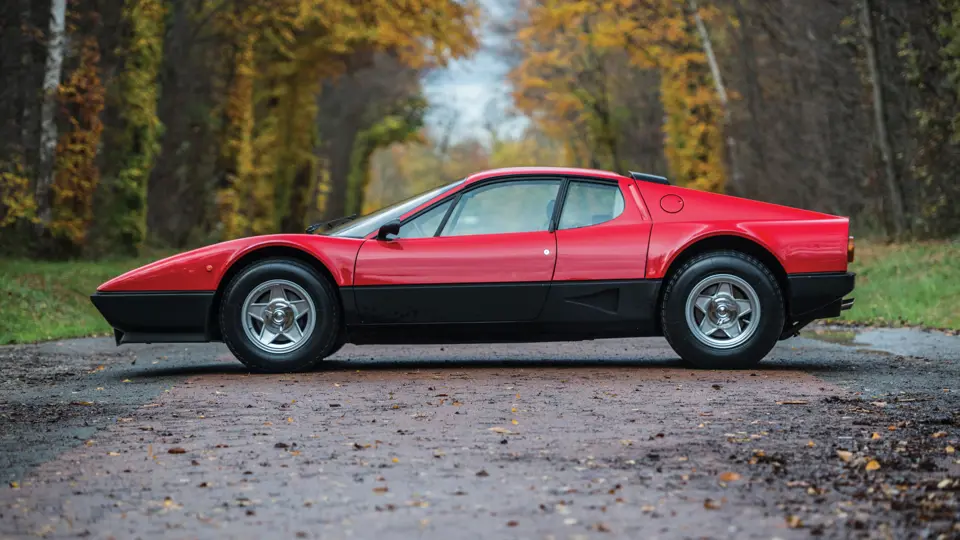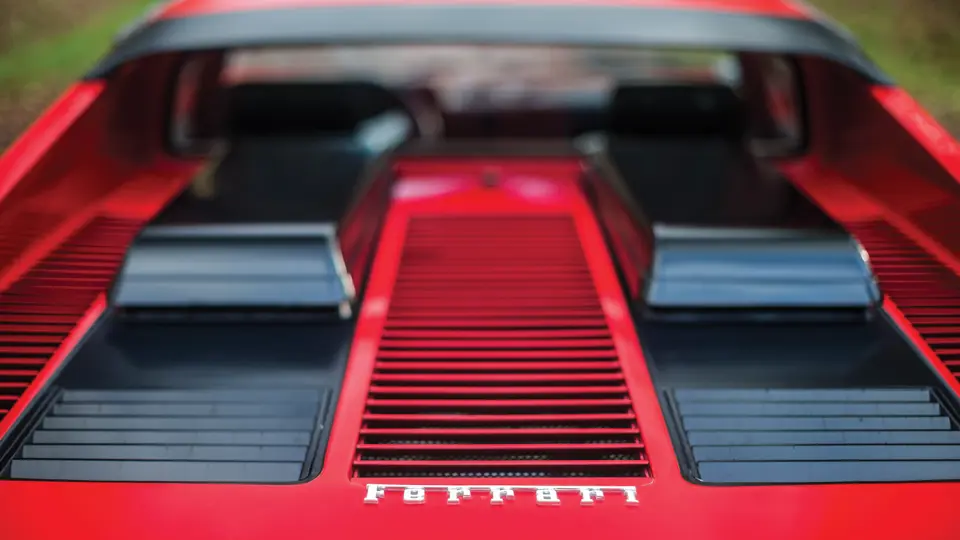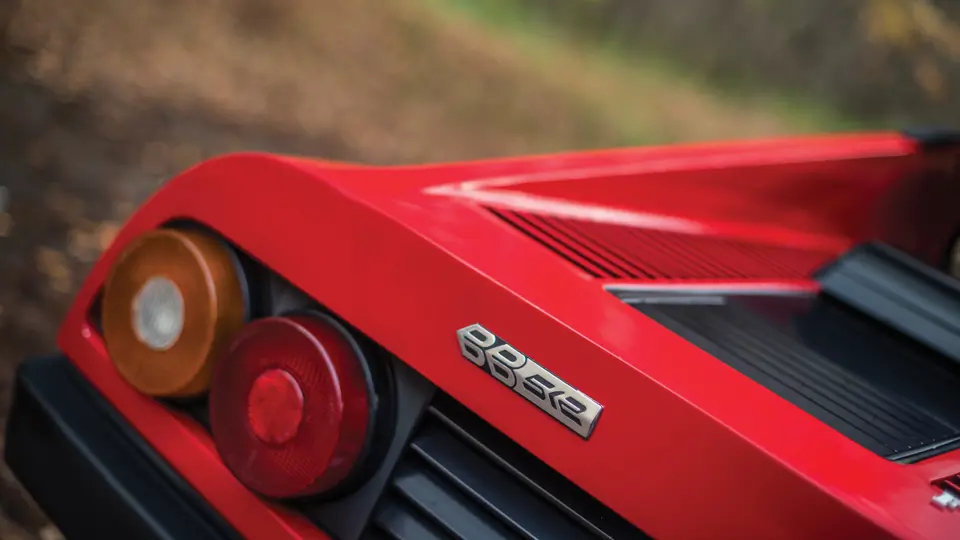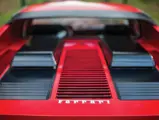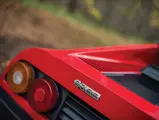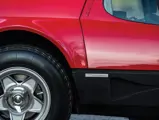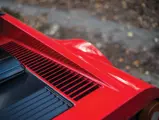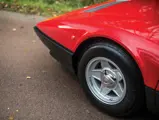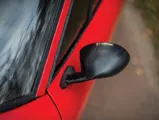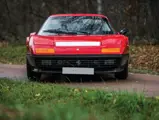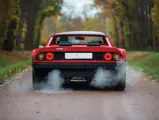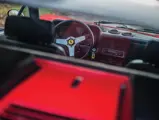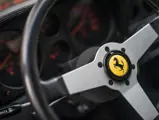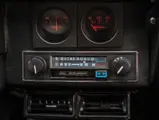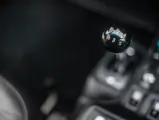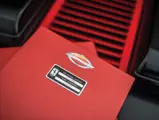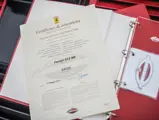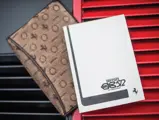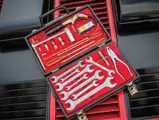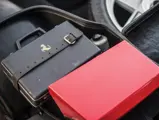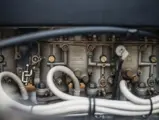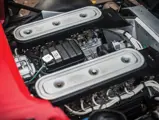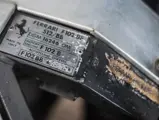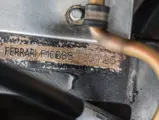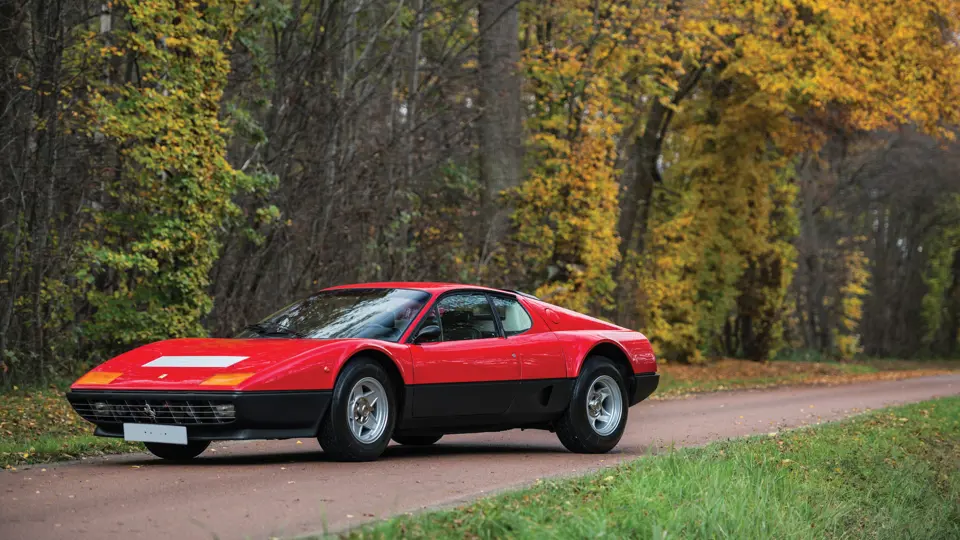
1977 Ferrari 512 BB
{{lr.item.text}}
€400,000 - €450,000 EUR | Not Sold
{{bidding.lot.reserveStatusFormatted}}
- Matching-numbers drivetrain; includes tool kit
- Recent service at Ch.Pozzi, including cam belts
- Ferrari Classiche certified
- Numéros concordants, e avec ses outils et manuel
- Récemment révisée chez Ch. Pozzi y compris les courroies de distribution
- Certifié par Ferrari Classiche
360 bhp, 4,942 cc DOHC horizontally opposed 12-cylinder engine with four Weber triple-choke carburettors, five-speed manual transaxle, front and rear unequal-length A-arm suspension with coil springs and anti-roll bars, and four-wheel disc brakes. Wheelbase: 2,500 mm
Moteur douze cylindres opposés à plat, 4 942 cm3, 360 ch, quatre carburateurs Weber triple corps, boîte-pont manuelle à cinq rapports, suspensions avant et arrière par triangles inégaux superposés, ressorts hélicoïdaux et barres anti-roulis, quatre freins à disque. Empattement : 2 500 mm
Although Enzo Ferrari was truly never caught off guard, the Berlinetta Boxer series that was introduced to the world at the 1971 Turin Salon came in reaction to competition from just down the road in central Italy. Lamborghini’s Miura and subsequent Countach, as well as Maserati’s Bora, were on Ferrari’s radar when the mid-engined and rakish 365 GT4 BB was unveiled. The 365 GT4 BB was mid-engined like the Dino but vastly different in both concept and execution, and it brought Ferrari into a new era. At the time, it was the fastest road car that Ferrari had ever built, and contemporary reviews made sure to note its significance.
Ultimately, less than 400 examples were built between 1973 and 1976, when the model was succeeded by the 512 BB. Resurrecting the historical 512 racing car’s nomenclature but not following Ferrari’s previous naming convention, the 512 BB boasted an enlarged, 4.9-litre flat 12-cylinder engine with a higher compression ratio. Four triple-barrel Weber carburettors supplied power to the enlarged engine, giving it a mid-five-second 0–100 km/h sprint time and a top speed of 280 km/h.
Chassis modifications were restricted to wider rear tyres and an expanded rear track, which is a testament to how well designed the 365 GT4 BB had been. Although still clearly following that car’s Pininfarina-penned styling, the 512 BB used a new lower chin spoiler up front and a NACA duct on the side to cool its exhaust system. Simplified twin tail lamps supplanted its predecessor’s triple units.
Fewer than 1,000 examples were assembled, none of which were destined for Ferrari’s growing American market. The reasoning behind this was that Enzo Ferrari himself did not believe that the vehicle should be detuned to comply with increasingly stringent emissions standards.
The car offered here, chassis number 23125, was completed by the factory in December 1977 and finished in Rosso Chiaro (20-R-190) over black and with a Nero (VM 8500) interior. It was delivered to the official Ferrari dealer, Pedini Auto S.r.l in Perugia, Italy, who immediately sold the car to Switzerland, where it was registered on 18 January 1978. Well cared for throughout its life, the 512 has aged well and still presents beautifully and retains its original engine and gearbox. Most recently, chassis 23125 was serviced in the last year at the famed Parisian Ferrari dealer Charles Pozzi, which included fitment of new cam belts. Additionally, the car received new foam inserts in the seats whilst retaining the original leather. The Ferrari is also offered with an owner’s manual and tool kit.
The opportunity to acquire a beautiful Ferrari Classiche–certified 512 BB, still in its original colour combination and with its original drivetrain, is only ever going to become more and more rare. As the last carburetted V-12 offered by Ferrari before production transitioned to the fuel-injected 512 BBi, this variant is cherished by many enthusiasts as the most potent Berlinetta Boxer that money can buy.
Bien qu’Enzo Ferrari ne se soit jamais laissé surprendre, la série des Berlinetta Boxer introduite au Salon de Turin 1971 apparut en réaction face à la concurrence locale située en Italie centrale. La Miura de Lamborghini et la Countach ultérieure comme la Bora de Maserati apparaissaient déjà sur le radar de Ferrari quand l’élégante 365 GT4 BB à moteur central fut dévoilée. Si la 365 GT4 BB était à moteur central comme la Dino, elle en était très différente quant au concept et à la construction et elle ouvrit chez Ferrari une ère nouvelle. À son époque, c’était la routière la plus rapide jamais construite par Ferrari et les comptes-rendus contemporains ne manquèrent pas d’en souligner l’importance.
Finalement, moins de 400 exemplaires en furent produits entre 1973 et 1976 lorsque la 365 fit place à la 512 BB. Reprenant l’appellation de la voiture de course 512 historique, mais sans respecter le système de désignation habituel des Ferrari, la 512 BB recevait un moteur à douze cylindres à plat de 4, 9 litres doté d'un graissage à carter sec. Quatre carburateur Weber triple corps alimentaient ce moteur plus gros qui permettait des accélérations de 0 à 100 km/h en un peu plus de 5 secondes et qui permettait d’atteindre 280 km/h en pointe.
Les modifications du châssis limitées à l’adoption de pneus arrière plus larges et à un élargissement de la voie arrière attestaient de la qualité de la conception de la 365 GT4 BB. Tout en respectant visiblement le style signé Pininfarina de cette voiture, la 512 BB recevait un spoiler frontal abaissé et une prise d’air NACA latérale pour refroidir le système d’échappement. Les éclairages arrière étaient simplifiés avec deux lampes par côté au lieu de trois.
Un peu moins de 1 000 exemplaires furent assemblés, mais aucun ne fut destiné au marché américain de Ferrari alors en pleine croissance. La raison en était que Ferrari lui-même ne pensait pas que le modèle dût perdre de la puissance pour respecter les normes antipollution américaines de plus en plus sévères.
La voiture présentée ici, châssis n° 23125, fut achevée à l’usine en décembre 1977 et peinte en Rosso Chiaro (20-R-190) et noir avec intérieur Nero (VM 8500). Elle fut livrée au distributeur officiel Ferrari, Pedini Auto S.r.l. à Pérouse (Italie) qui le vendit immédiatement en Suisse où elle fut immatriculée le 18 janvier 1978. Bien entretenue pendant toute son existence, la 512 qui n'apas pris une ride se présente en bel état avec son moteur et sa boîte d’origine. Très récemment, le châssis 23125 a fait l’objet d’un entretien chez le concessionnaire Ferrari parisien, Charles Pozzi, où les courroies de distribution ont été remplacées. En outre, les sièges ont été regarnis en mousse tout en conservant leur garniture en cuir d’origine. La voiture est offerte avec son manuel d’utilisation et son outillage.
L’occasion d’acquérir une belle 512 BB certifiée par Ferrari Classiche et toujours dans son état original et avec ses organes mécaniques d’origine ne peut que devenir de plus en plus rare. En tant que dernière Ferrari douze cylindres à carburateurs avant son remplacement par la 512 BBi à injection, cette variante est recherchée par de nombreux collectionneurs comme étant la plus puissante des Berlinetta Boxer susceptibles d’être offertes sur le marché.

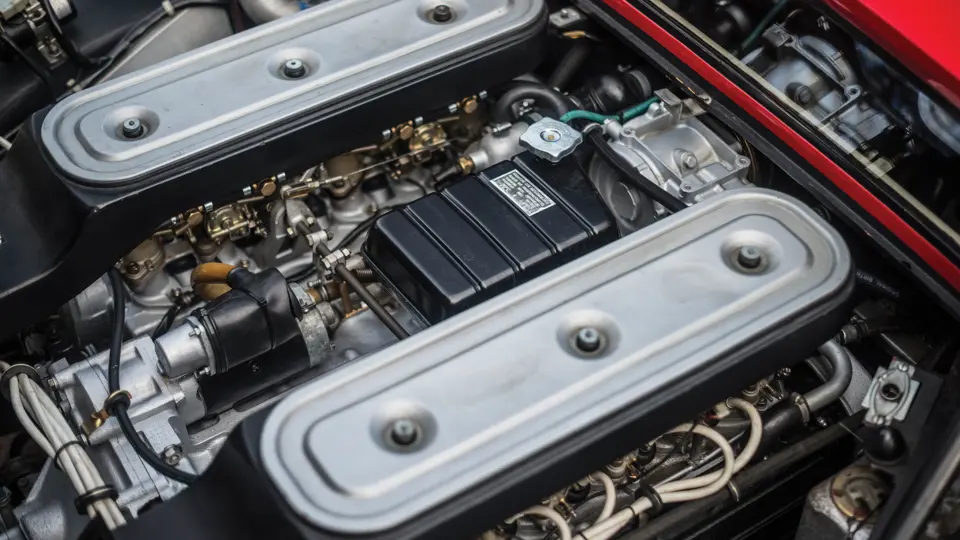
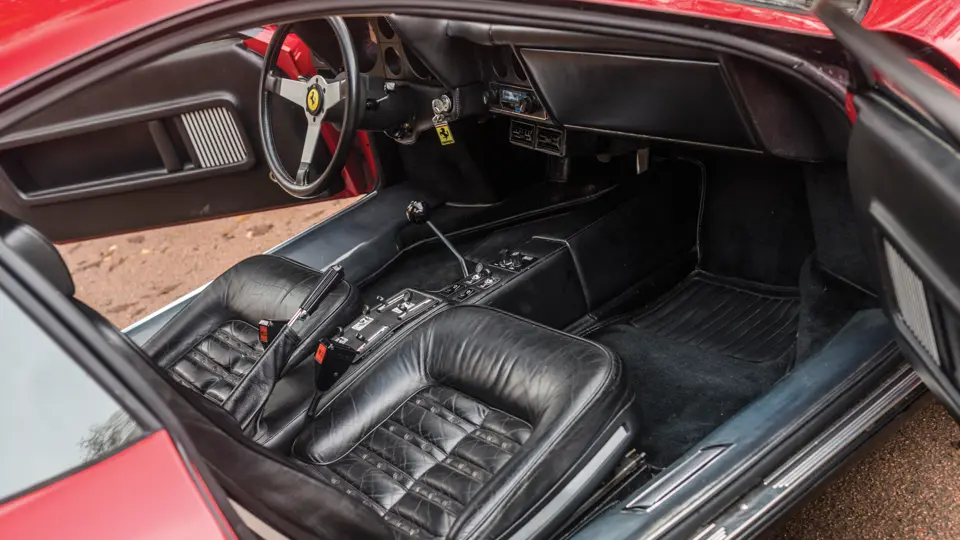

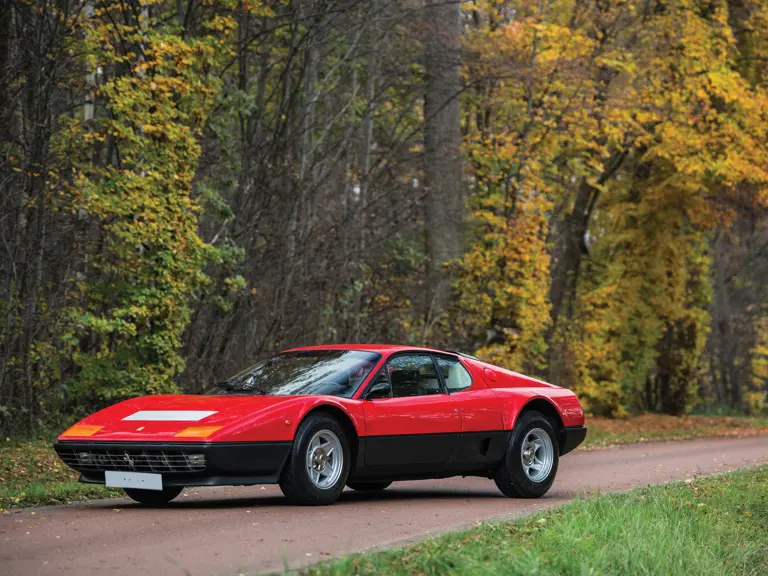
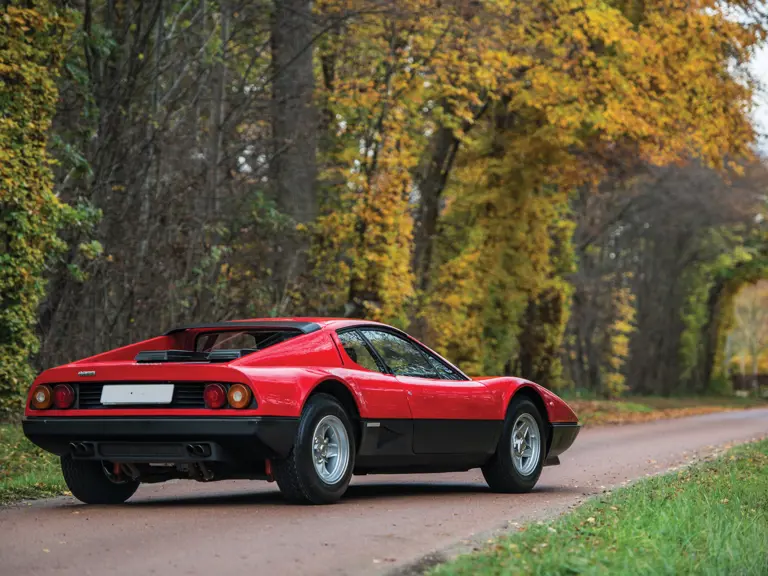

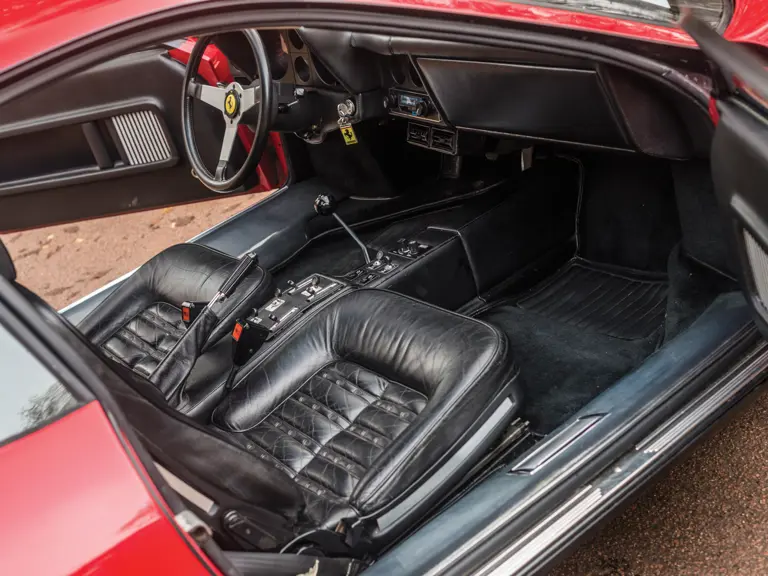
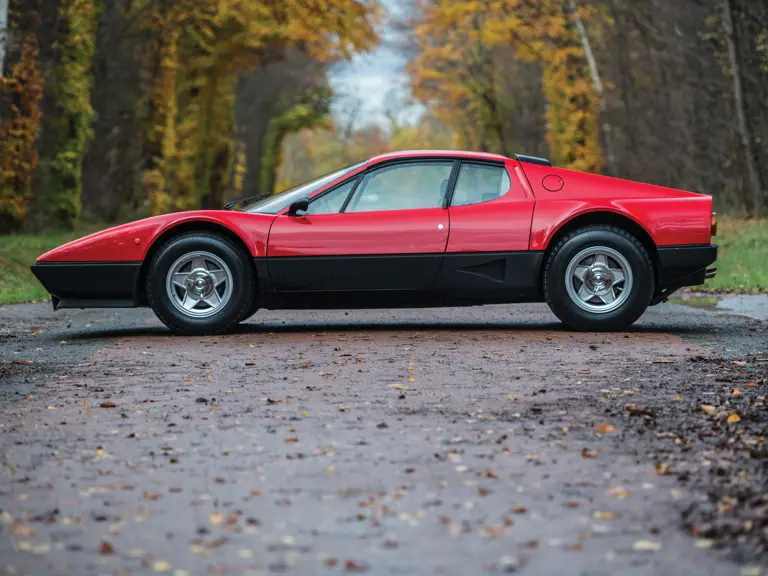
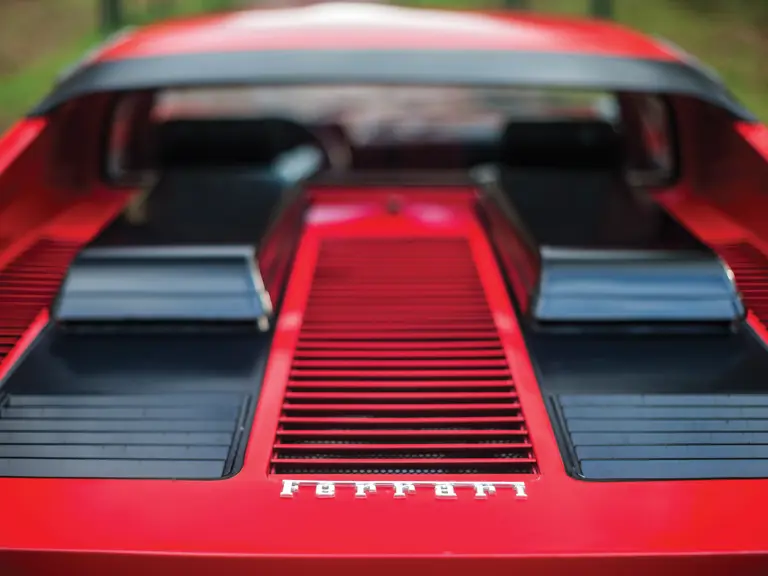

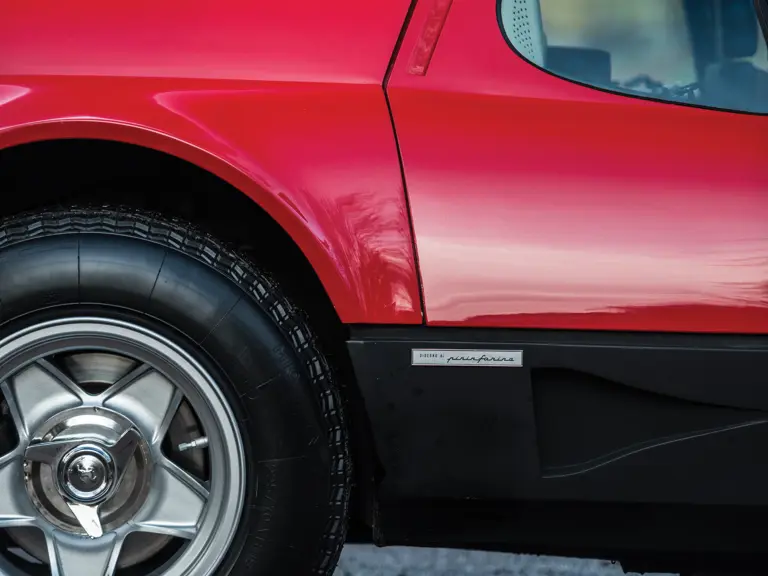
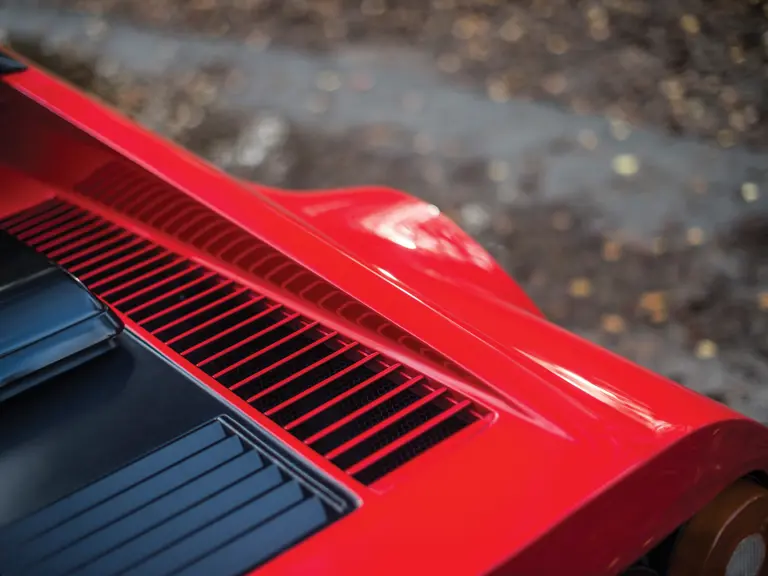
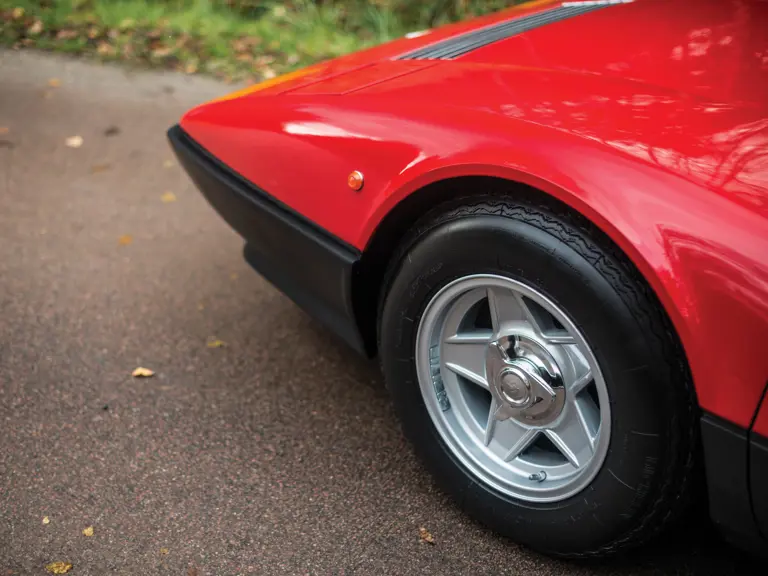
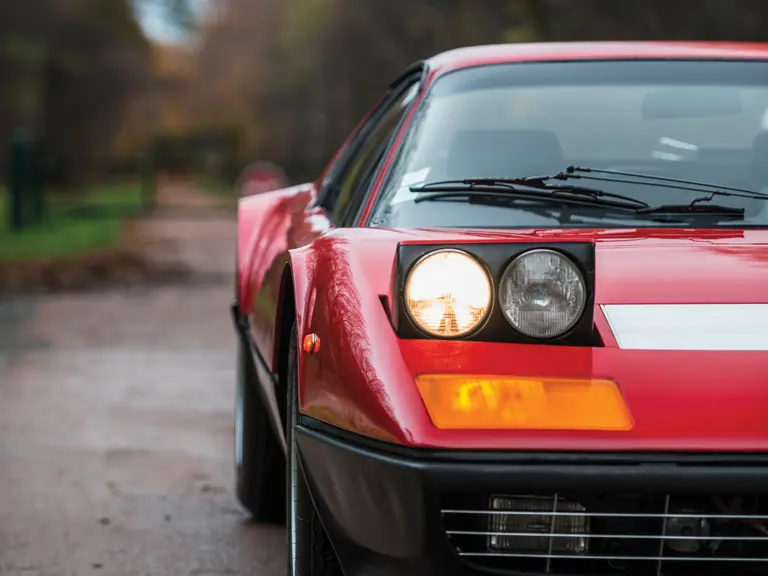
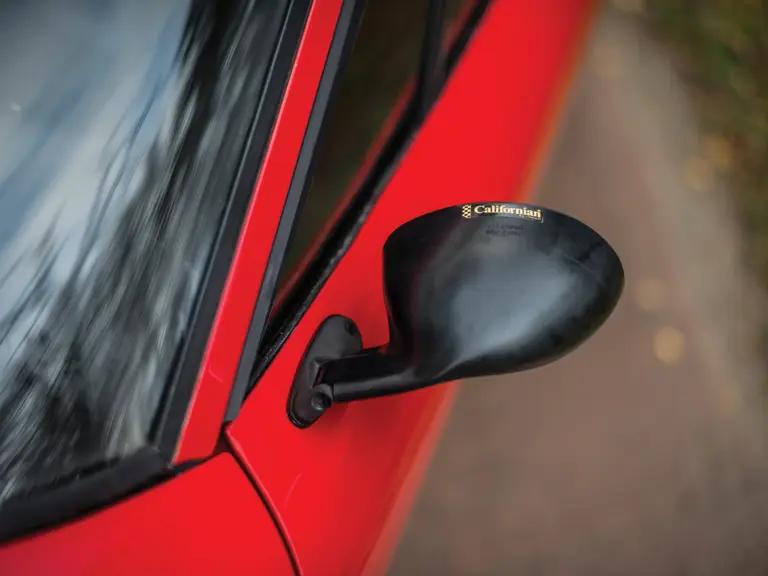
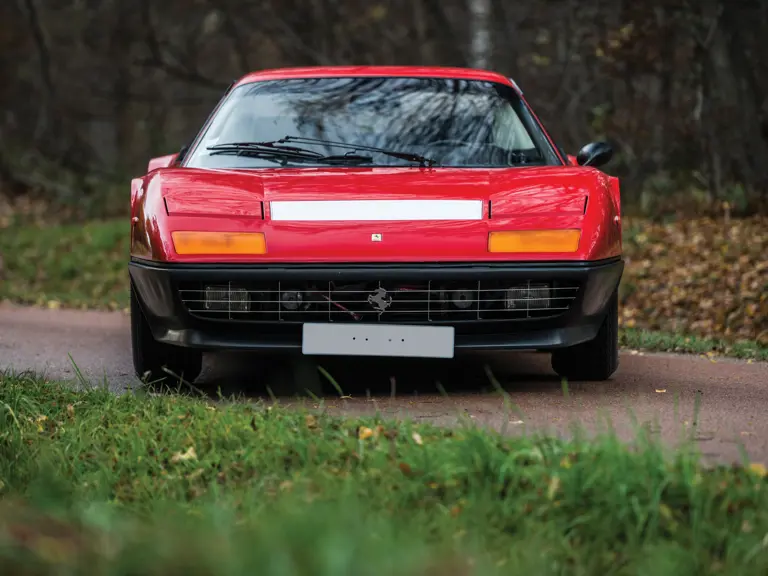
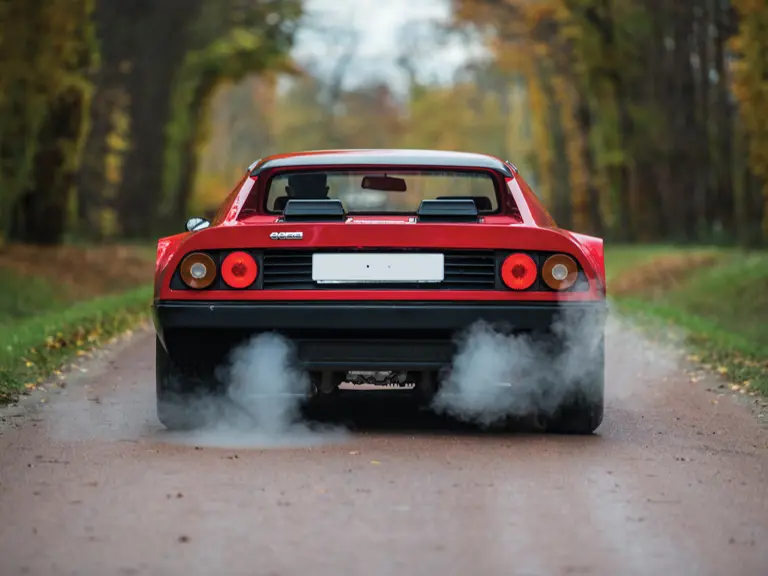
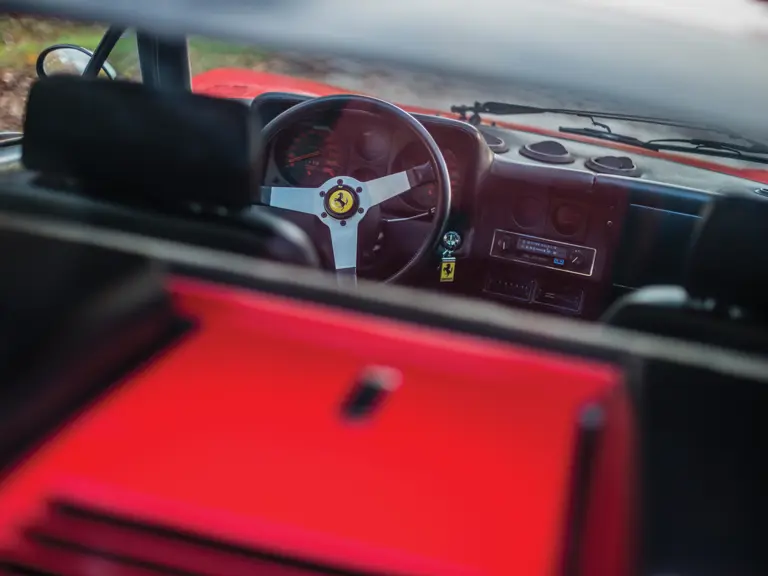

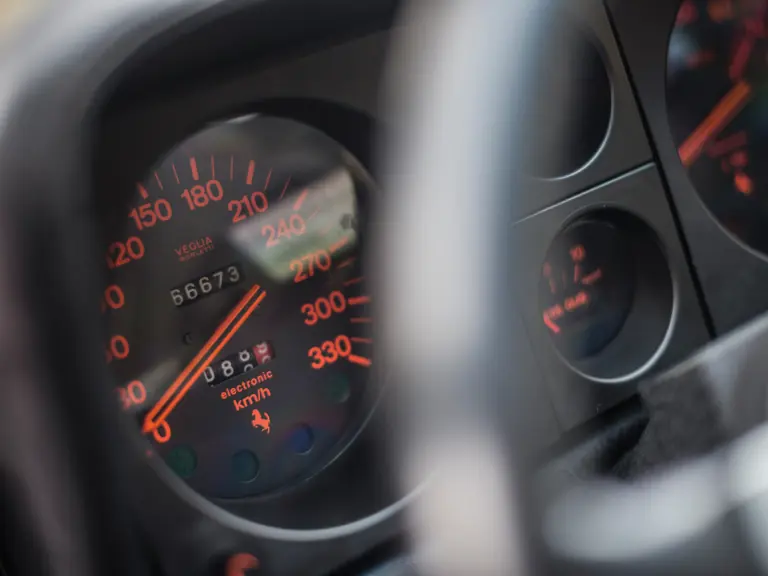
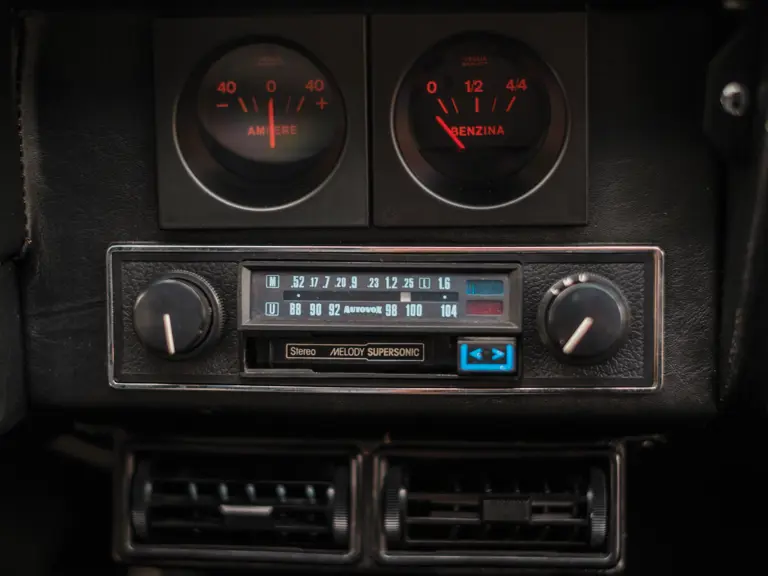
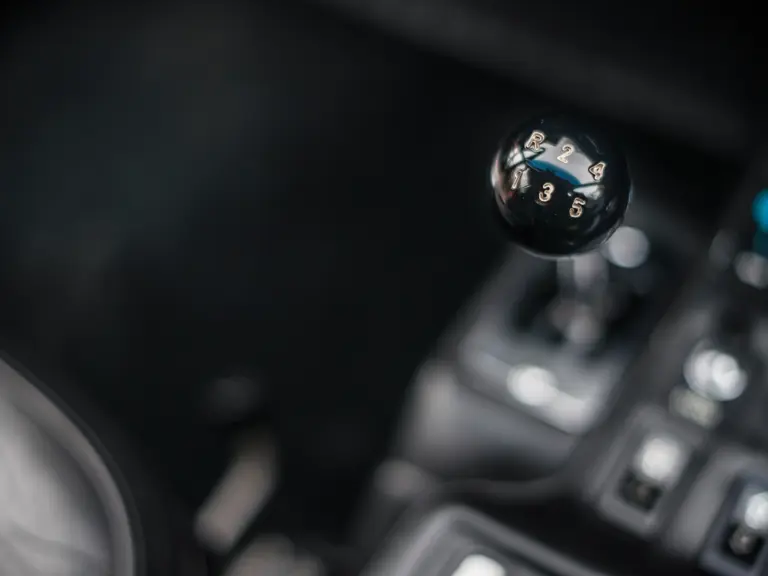
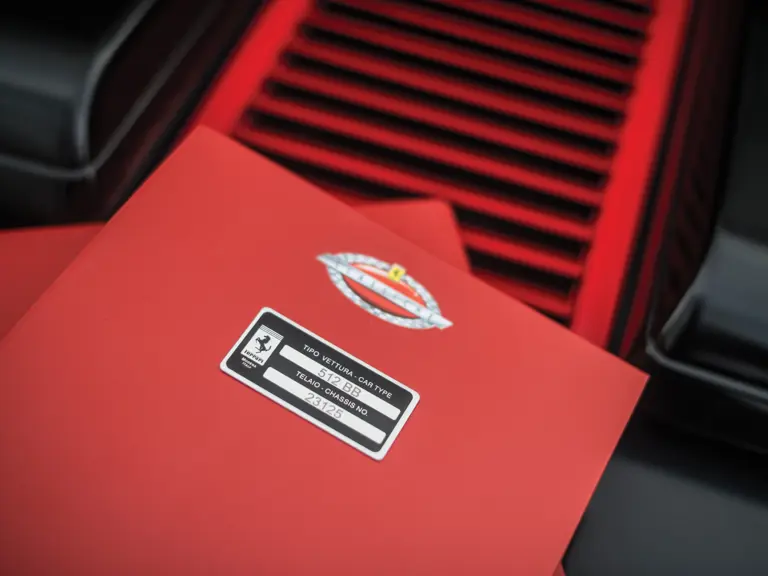
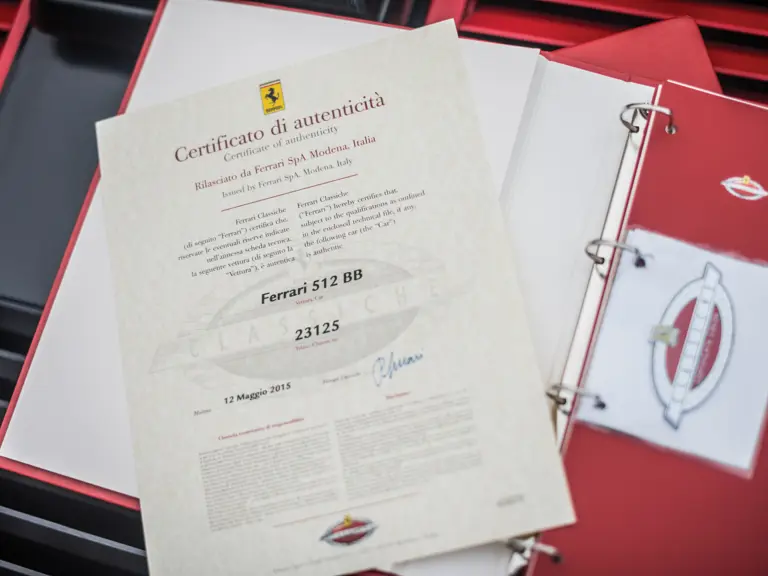
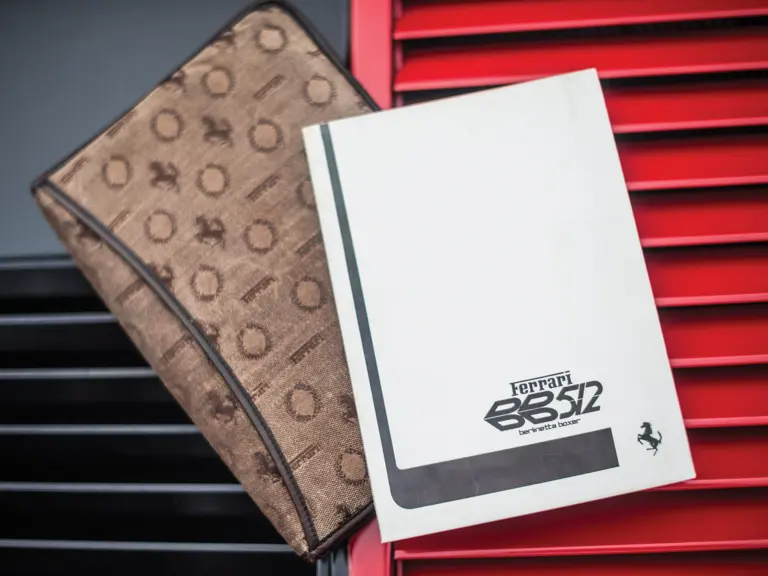
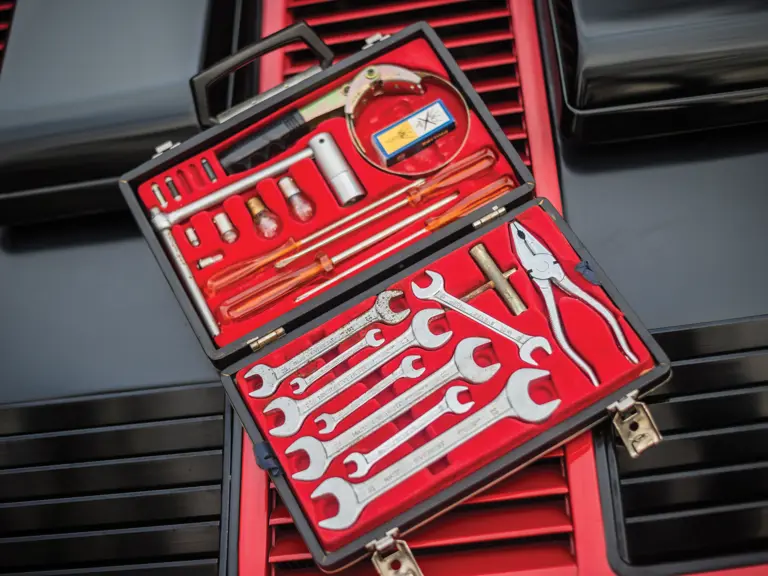
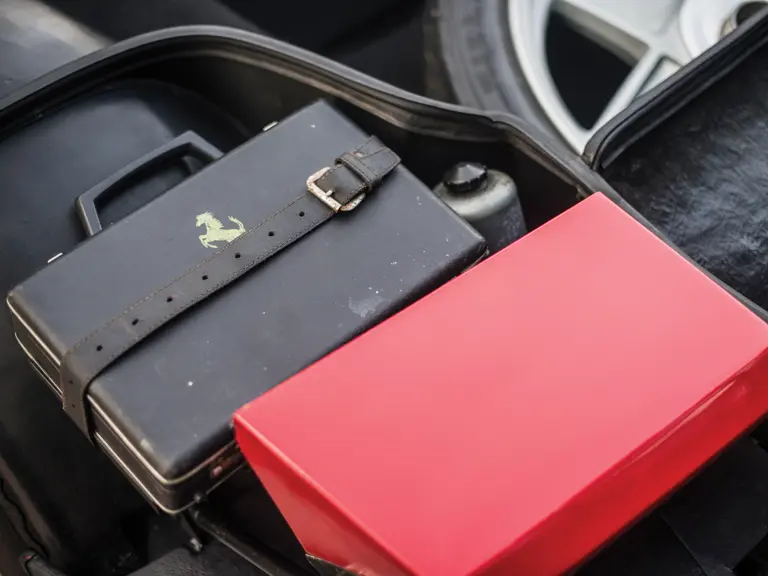
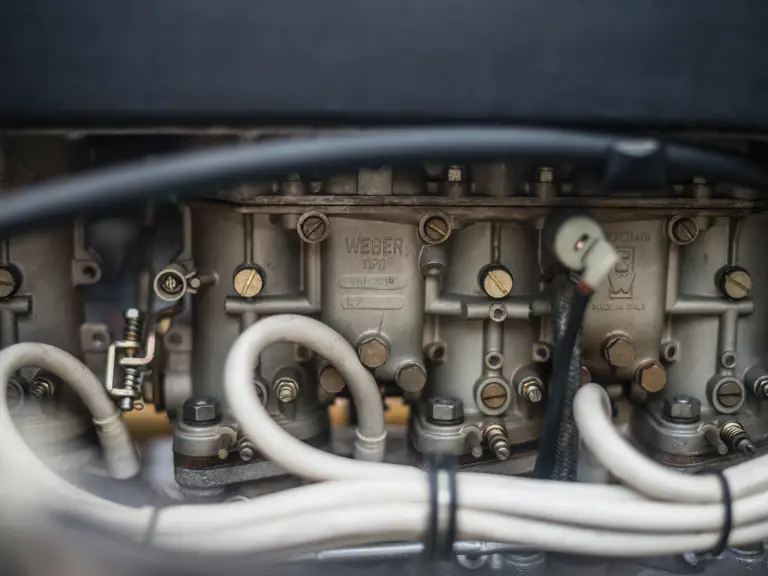
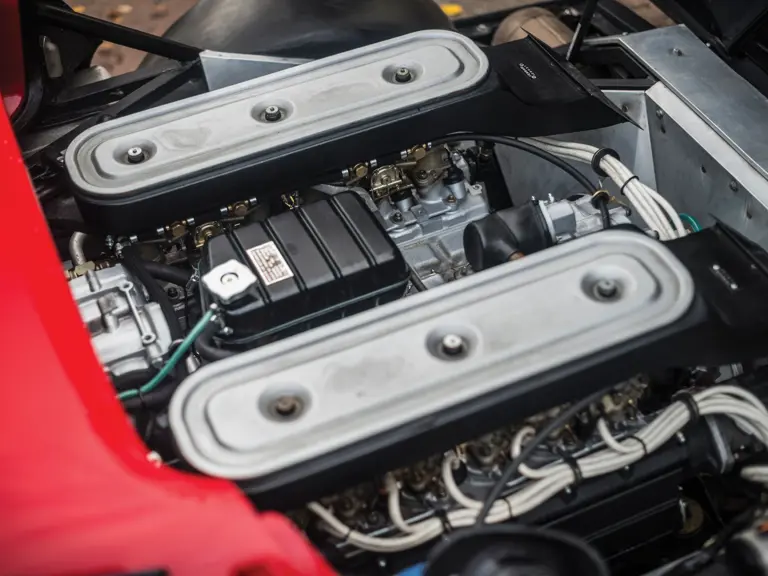
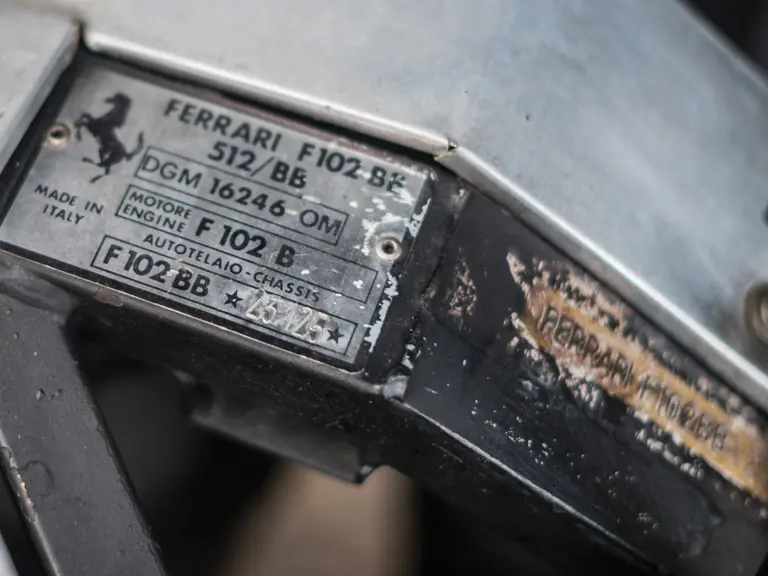

 | Paris, France
| Paris, France
